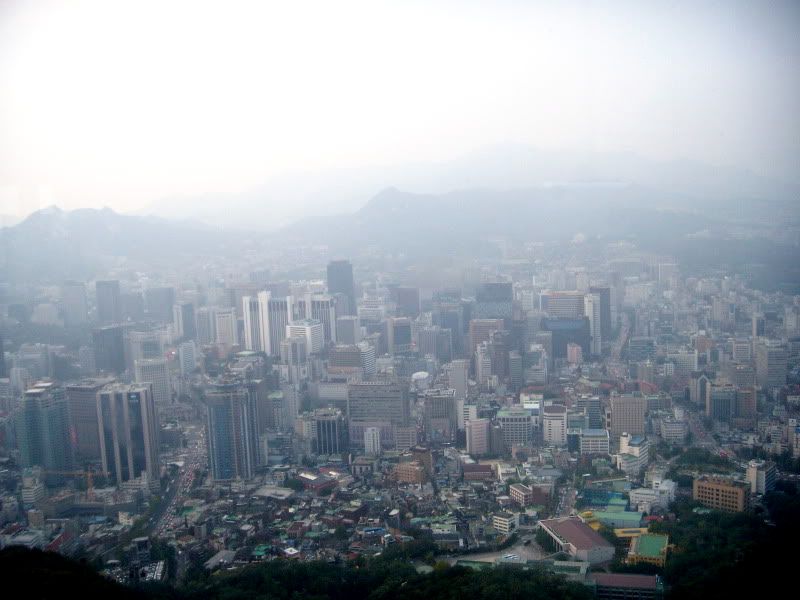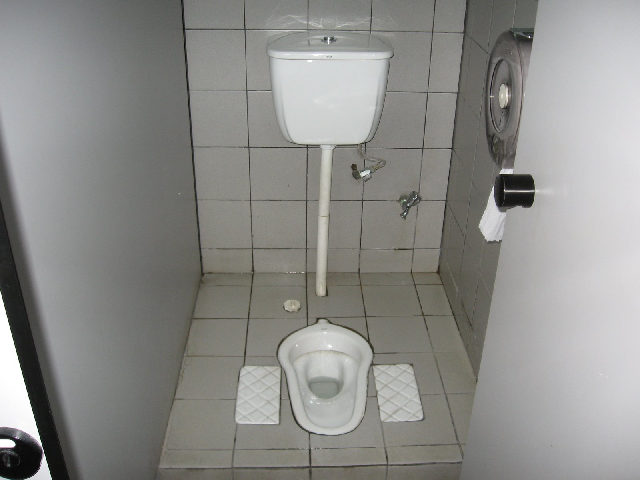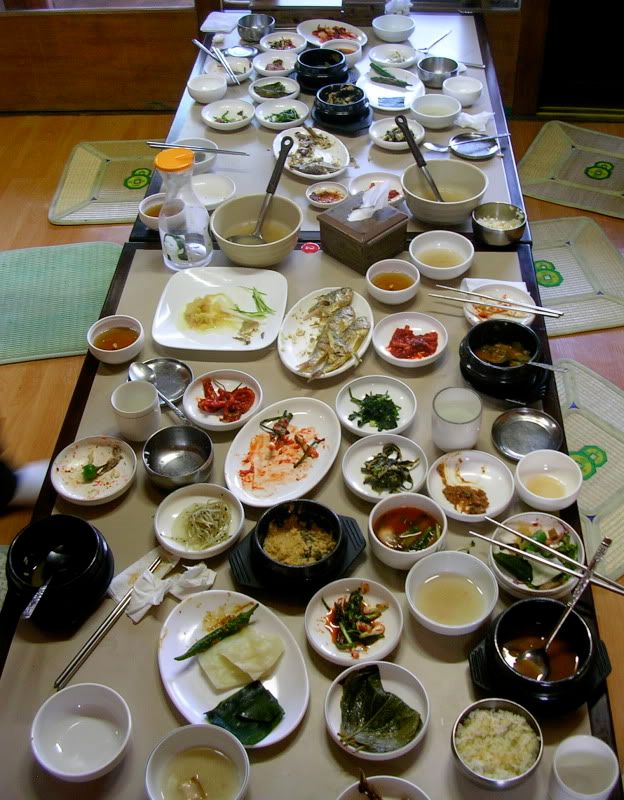
“What’s that sound?” one of my students asked, pulling on my shirt. I quickly answered, “It’s probably an ambulance—you know, taking someone to the hospital.”
It wasn’t until I got back to the apartment that my roommate clued me in. “So, did you hear the practice alarms today?”
Once a month, the city of Seoul sounds its sirens—making sure they work for when North Korea decides to attack again. It’s been more than 50 years since the last shot was fired on South Korean soil, but to some, it feels like only yesterday.
A few days before hearing the alarms I visited Seoul Tower, the highest point in all of Seoul, to view its expansive skyline—a sea of grey apartment buildings and office complexes, surrounded by moss green mountains. A stable ominous fog hung over the concrete empire, making the fantastic scene more haunting than beautiful.
Through the lens of the binoculars I saw a modern metropolis—a technologically advanced, thriving city. In my mind I pictured what my grandfather might have seen while he was stationed here. I imagined how the South Koreans felt when they decided to rebuild Seoul. A tear fell from my eye.
The experience gave me a new respect for these people. It made me look at the hardworking produce man down the street a little differently. It made me notice how strong the owner of my school seems, despite her small, delicate frame. The old woman selling seafood pancakes on the corner never stops smiling.
And I smile right back.
This year may be challenging—learning the language, adapting to the culture, being thousands of miles away from my friends and family. But each time I hear those sirens sound, I’ll think of all the challenges the South Koreans have faced, and just how far they’ve come.


